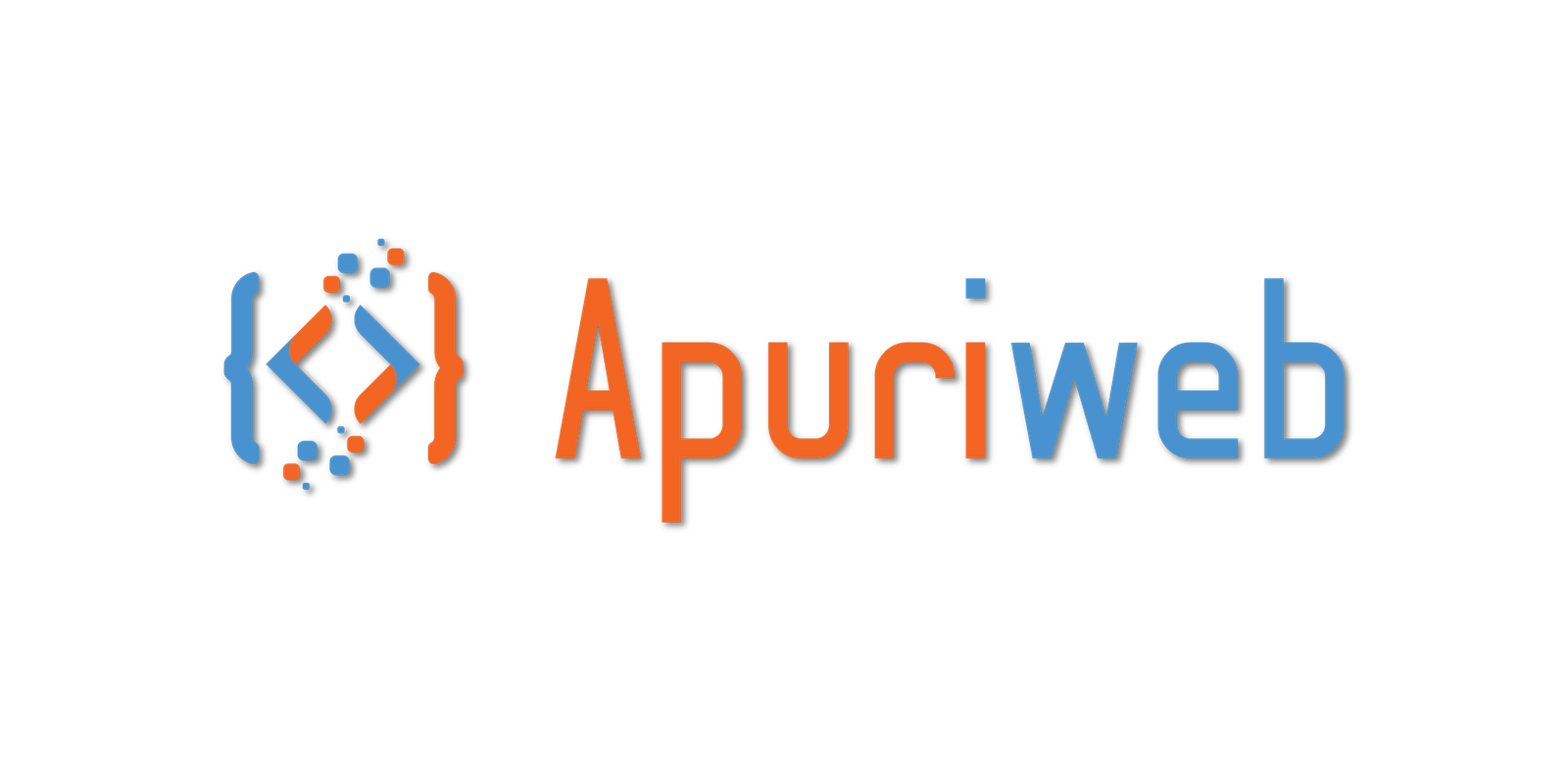
Cybersecurity, also known as computer security or IT security, is the practice of protecting computer systems, networks, data, and digital information from unauthorized access, attacks, damage, or theft. With the increasing reliance on technology and the internet, cybersecurity has become a critical aspect of modern life for individuals, businesses, governments, and organizations. Its main focus is to ensure the confidentiality, integrity, and availability of digital assets and to safeguard against various cyber threats and vulnerabilities.
Key Components of Cybersecurity:
Information Security:
Protecting sensitive data and information from unauthorized access, disclosure, modification, or destruction. This includes personal information, financial data, intellectual property, and other sensitive records.
Network Security:
Implementing measures to secure computer networks from unauthorized access and cyberattacks. This involves using firewalls, intrusion detection systems (IDS), and virtual private networks (VPNs), among other technologies.
Endpoint Security:
Securing individual devices (such as computers, smartphones, and tablets) to prevent malware infections and other security breaches.
Application Security:
Ensuring that software applications are developed and maintained with security in mind to prevent vulnerabilities and protect against attacks.
Identity and Access Management (IAM):
Managing and controlling user access to systems and data, ensuring that only authorized individuals can access specific resources.
Encryption:
Using cryptographic techniques to protect data in transit and at rest, ensuring that even if intercepted, the data remains unreadable.
Security Awareness and Training:
Educating users about cybersecurity best practices to reduce human errors and prevent social engineering attacks.
Incident Response and Disaster Recovery:
Establishing procedures to respond to cybersecurity incidents promptly and effectively, as well as planning for data recovery in case of a cyber incident.
Common Cyber Threats:
Malware:
Malicious software, such as viruses, worms, Trojans, and ransomware, is designed to disrupt or gain unauthorized access to computer systems.
Phishing:
Deceptive emails or messages that trick users into revealing sensitive information, such as passwords or financial data.
Denial of Service (DoS) and Distributed Denial of Service (DDoS) Attacks:
Overloading systems or networks to make them unavailable to legitimate users.
Man-in-the-Middle (MitM) Attacks:
Intercepting and altering communication between two parties, often without their knowledge.
Insider Threats:
Attacks or data breaches are initiated or facilitated by individuals within an organization with authorized access.
SQL Injection and Cross-Site Scripting (XSS):
Exploiting vulnerabilities in web applications to gain unauthorized access or steal data.
IoT Vulnerabilities:
Inadequately secured Internet of Things (IoT) devices can be exploited to gain access to networks or launch attacks.
Cybersecurity professionals use a combination of technical tools, best practices, and ongoing risk assessments to protect against these threats and continuously improve the security posture of systems and networks. As cyber threats continue to evolve, the field of cybersecurity remains dynamic, with constant efforts to stay ahead of emerging risks and challenges.
